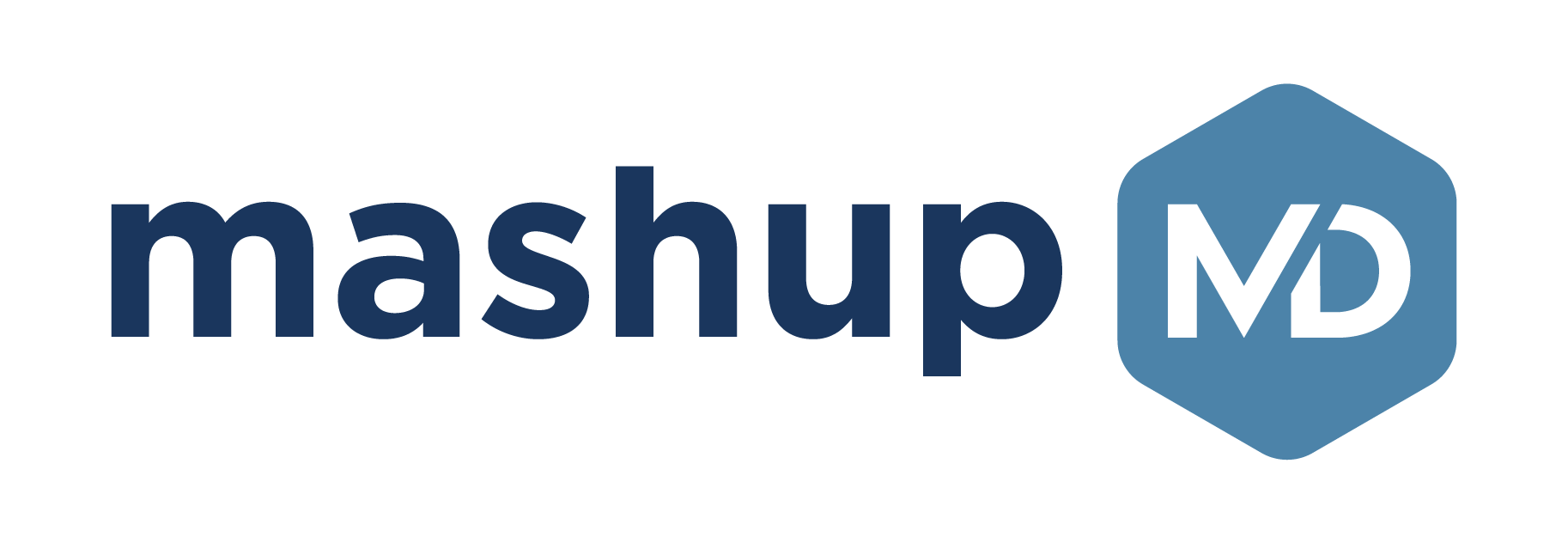Designing work for healthy sleep: A multidimensional, latent transition approach to employee sleep health.
Healthy sleep is essential to employee well-being and productivity, but many modern workers do not obtain adequate sleep. Are technology-related changes to job design (i.e., computer use, sedentary work, nontraditional work schedules) related to long-term worsening of employee sleep health? The present study seeks to address this question using nationally representative data from the Midlife in the United States study, which includes detailed information on sleep duration, regularity, sleep onset latency, insomnia symptoms, napping, and daytime tiredness from full-time workers (N = 1,297) at two time points separated by approximately 10 years. Using latent transition analysis to consider how these sleep health dimensions co-occur, we identify three multidimensional sleep health phenotypes at both time points: good sleepers, catch-up sleepers, and insomnia sleepers. Sedentary work is linked to the insomnia sleeper phenotype. Nontraditional work schedules are linked to the catch-up sleep
